How to clean gutters in 9 steps — and when to do it
Here’s how to clean gutters with or without a ladder
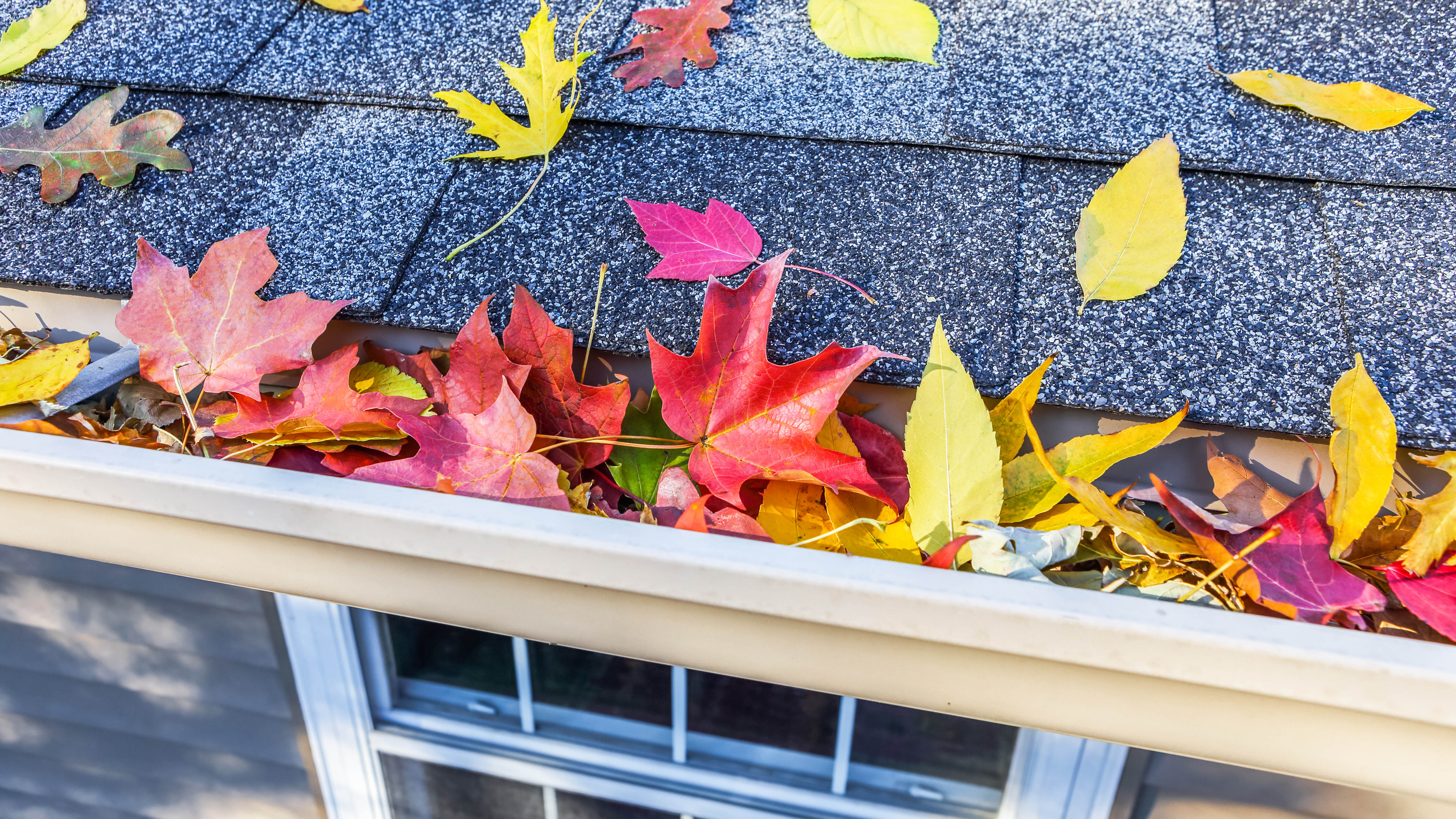
Every homeowner needs to know how to clean their gutters. While this is not a glamorous chore, much like learning how to clean your patio without a pressure washer, it is an essential one. Over time, leaves and gunk will gradually build up in your gutters. And during fall, when all of the leaves drop, this process is accelerated to say the least. Once it reaches the stage where it creates a blockage, that’s where the problems start.
This can lead to water overflowing and running down your walls, which can contribute to floods and foundation damage. And should that water freeze come winter, your gutter may not support the extra weight, leading to expensive repairs. So your gutters need to be routinely cleaned, however you feel about the chore.
The trouble is, cleaning gutters is an uneasy task for many of us. The idea of balancing on a ladder tall enough to reach the roofline, and then having to remove decomposed leaves and other gunk, is both taxing and terrifying. That’s why you need to address this task carefully and efficiently. To help you out, we’ve broken down how to clean gutters step-by-step, with tips and guidance to make the task a little easier. And if heights really are a no-no, we’ve listed alternative ways to clean the gutters without a ladder. Either way, you won’t have to worry about subsequent damage from blocked gutters in the future.
How to clean gutters with a ladder
Step ladder or extension ladder
Plastic scoop
Bucket
Gloves
Second person
Hose
1. Choose the right weather — First of all, make sure you pick the right day for this chore. You don’t want to do it if it’s recently rained, otherwise the leaves will be damp and more awkward to remove. Wait until they’ve had a chance to dry.
2. Choose the right tools for the job — Your ladder should be solid, sturdy and sufficient, offering plenty of reach with adequate height. Depending on the height of the building, you could use a step ladder, however if you can’t access your gutters easily from this, an extension ladder will be necessary.
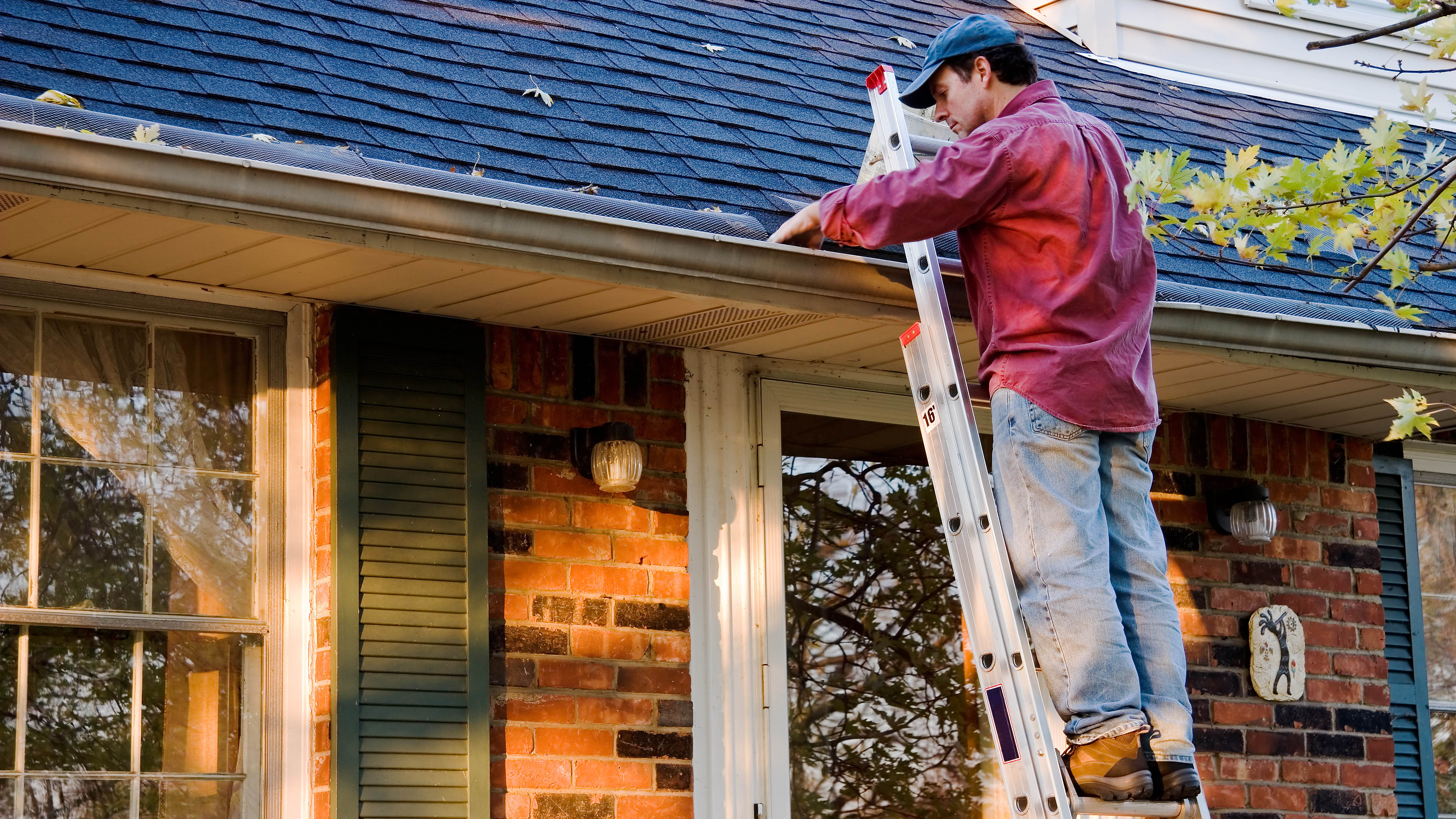
You’re also going to need a sizable bucket to collect the debris, a pair of strong rubber gloves (check out our best gardening gloves list for guidance) and a small plastic spade which will fit into your gutters. Alternatively, you can buy dedicated tools for this job, such as The Wedge Gutter Cleaning Scoop ($11, Amazon). Make sure you’re wearing practical clothes for the work as well — you’re likely to get dirty.
3. Find someone to help — While you might feel confident in this job, it’s essential that you have a second person on hand to help. They will keep the ladder grounded and can assist with emptying the bucket and passing up any tools.
Sign up to get the BEST of Tom's Guide direct to your inbox.
Get instant access to breaking news, the hottest reviews, great deals and helpful tips.
4. Place the ladder — You’re going to want to start from the downspout and work your way up to the end of the gutter for reference. When placing your ladder, make sure it is locked, stable and sitting on flat grout. You can make use of a ladder stabilizer to keep things still if necessary, such as the Louisville Ladder LP-2200-00 Stabilizer ($44, Amazon).
Make sure there’s at least two steps or rungs spare at the top of the ladder — if you need to overstep this point, or you’re struggling to reach, the ladder is not a sufficient height. Whatever you do, don’t climb on the roof to clean your gutters.
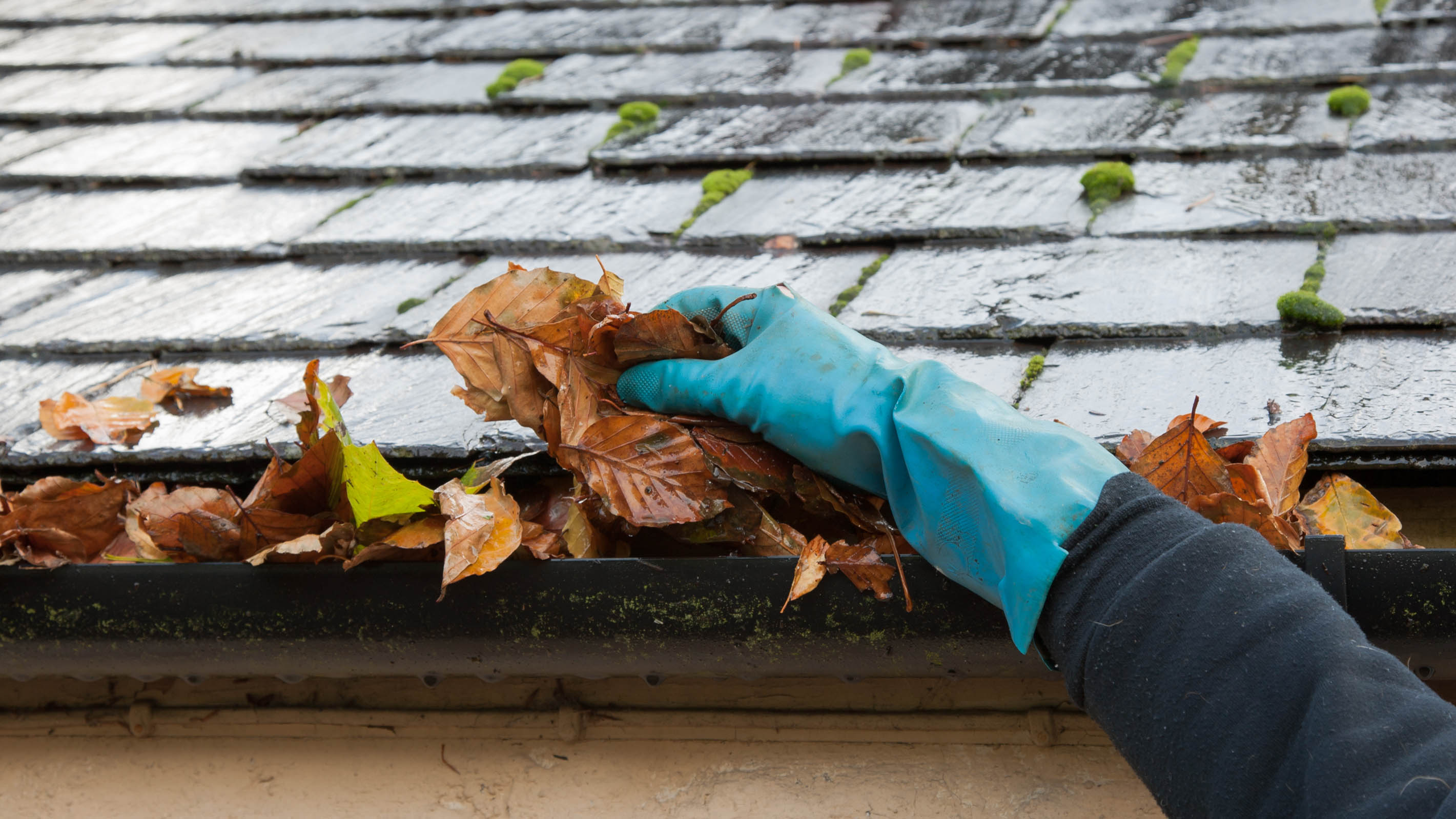
5. Remove the leaves and debris — With the scoop in your empty bucket, climb into position and hang it on your ladder where it will be easy to reach. Then start scooping away any visible leaves and debris, filling the bucket as you go. You may have to use your hands as well for any large debris or awkward sections. Make sure you always have a hand on the ladder as you do this.
As you climb down the ladder to move onto the next area, remember to empty out the bucket into the compost heap as you go.
6. Flush with water — It can take a good hour or so, but once you’ve worked your way around the gutters, you’re ready for the next step, which is to flush the residual dirt away using a hose. Use the hose where you finished removing the final leaves (at the end of the gutter) and flush the water into the downspout.
Watch as the water drains to check for leaks in your gutter. If you spot any, make a note as these will need repairing later.
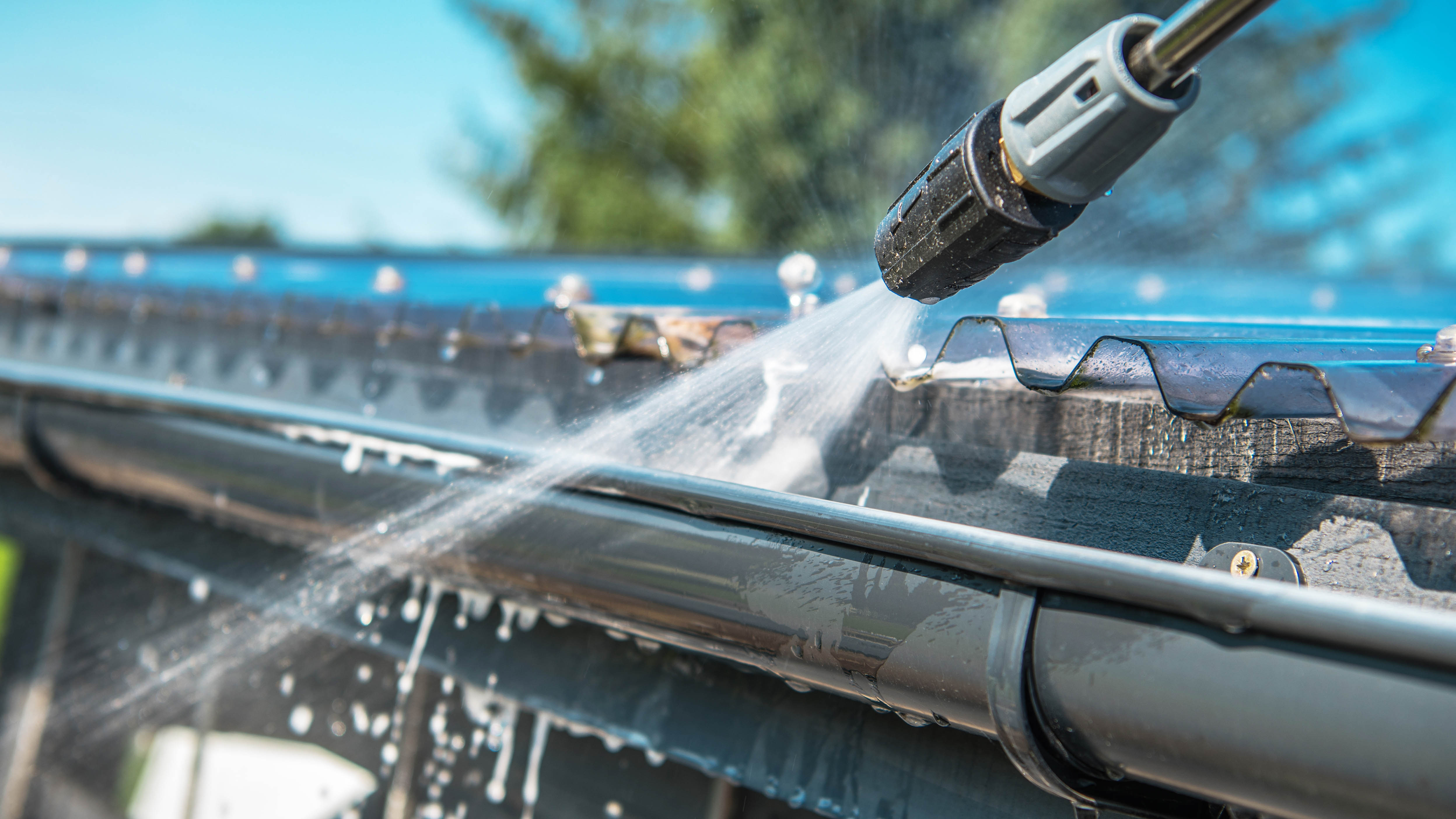
7. Check the downspout — While your gutter may look clean and shiny from above, don’t forget about the downspout. Spray water in from the top and check the speed at which it comes out — if the flow has slowed, something is blocking it.
To release this blockage, you have a couple of options. First, try spraying water into the downspout from the ground using your hose. Use the highest pressure you can for the most impact. You will then need to run water through from above again to flush the debris.
Alternatively, you can feed through a plumber’s snake to physically unblock the pipe, much like what you use for drains, such as the DrainX Drain Auger Pro ($32, Amazon). You can also try using a leaf blower or a wet/dry vacuum cleaner from the bottom of the downspout to force the blockage out.
8. Make necessary repairs — Now that your gutters are squeaky clean, it’s time to make any necessary repairs. If you spotted any leaks as you flushed out the gutter, those will need patching up with sealant. You can also install gutter guards and gutter screens to prevent future issues.
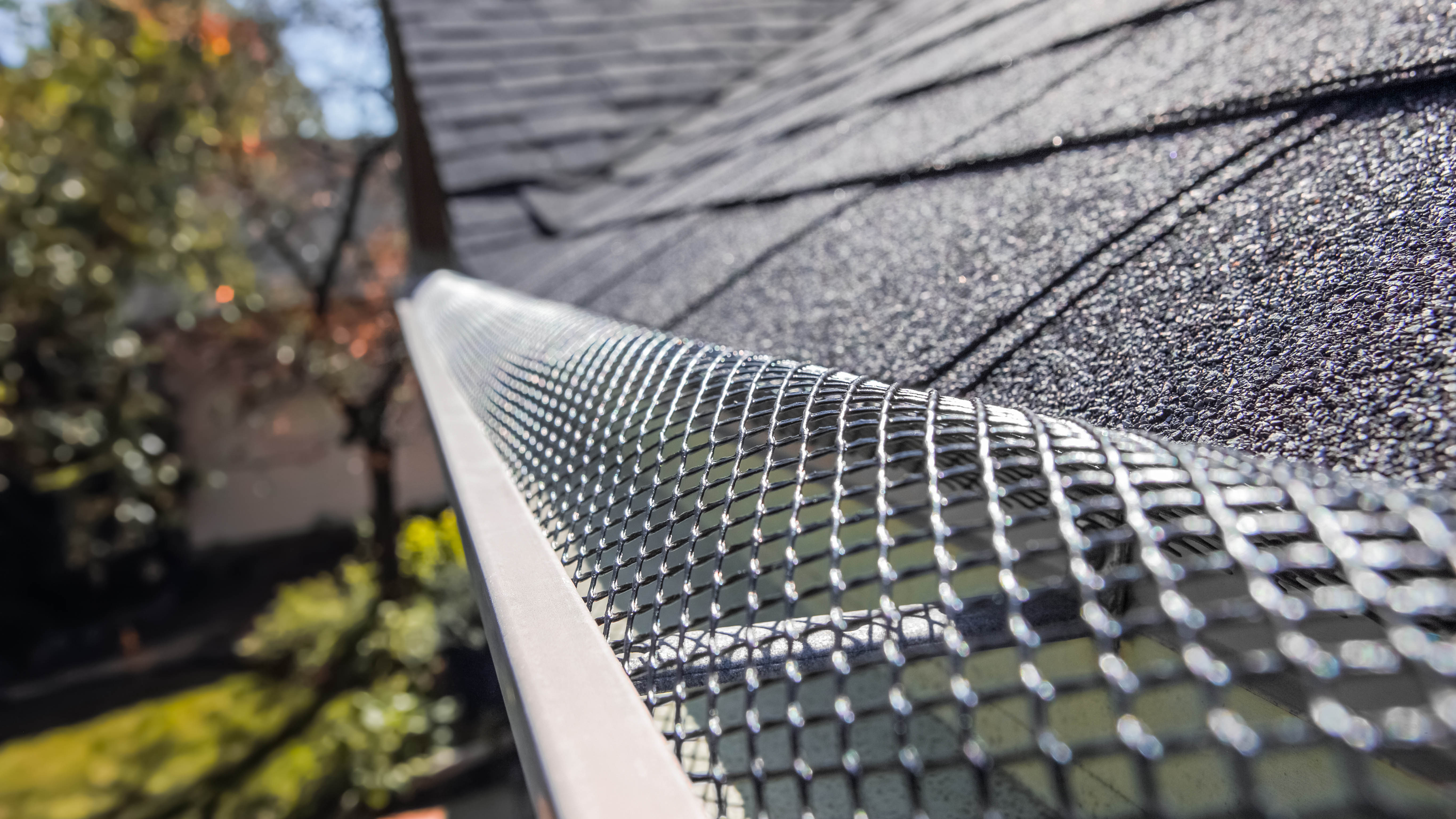
Make sure the angle and positioning of your gutters is adequate for the water to drain — adjust this if necessary. If any sections have completely cracked or come away from the wall, these will need replacing.
9. Keep an eye on your gutters — Don’t forget to keep checking your gutters intermittently in the future to keep on top of blockages. Would you believe it, this is one of the best uses for a drone if you own one.
How to clean gutters without a ladder
If ladders are a no-go, there are still ways you can clean your gutters safely from the ground. Although, practically speaking, you don’t have as great a view of your progress.
First, for light debris, you can simply use a hose to wash the leaves away. All you need to do is combine your hose with an extension tool, such as the Orbit 58543 Telescoping Gutter Cleaning Wand ($30, Amazon). This attaches directly to your hose and features an adjustable nozzle so you can direct it into the gutter. If you own a pressure washer, there are attachments available to extend the reach of these as well, such as theTwinkle Star Pressure Washer Extension Wand Set ($29, Amazon).
Some leaf blowers as well as wet/dry vacuum cleaners also come with extendable gutter cleaning attachments, so be sure to check if you have what you need already. You can use any of these methods from the ground, but if the blockage remains and you can’t find it from here, a professional may be necessary.

You can always hire a professional to tackle this chore if you’re concerned about it. Just don’t ignore it or else your gutters can end up damaging your property.
How often should you clean the gutters?
All things considered, you should clean your gutters twice a year on average, ideally in the spring and fall. However, you may be required to do this more often, depending on several factors. Firstly, if your home is surrounded by the type of tree that sheds regularly, such as pine trees, you may need to clean your gutters as often as every three months. If you live in an area which suffers from heavy storms or high winds, you will need to check your gutters after every storm, once things calm down.
Signs your gutters are blocked
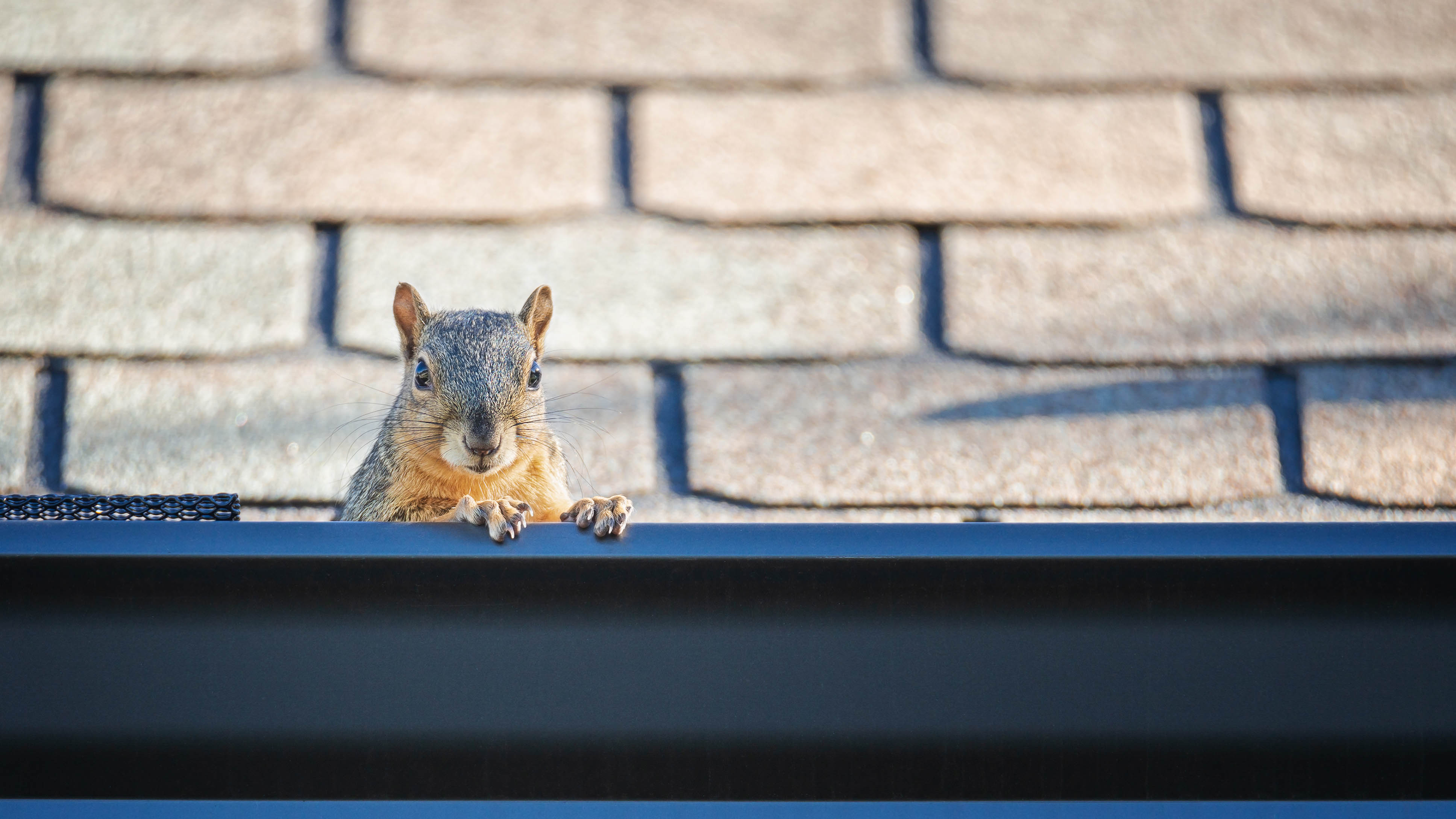
It’s important to recognize when your gutters are blocked. Even if you check your gutters routinely, they can sometimes be obstructed unexpectedly. For instance, a storm might blow an excess of leaves around your home, or perhaps a nearby tree might drop all of its leaves in a short space of time. In any case, the following can indicate that your gutters are blocked, and you should act quickly.
- Water running down the side of your house — Once your gutters overflow, the water needs to go somewhere. If you notice it running down the side of your house, that’s a sign that your gutters are blocked. This may stain if not addressed.
- Standing water — Following on from the last point, if water is draining and collecting where it shouldn’t, this can lead to standing water around the foundation of your property. This must be addressed, because in excess it can damage the foundation.
- Gutters start to sag — Gutters can sag and come away from the home if subjected to the excess weight of leaves, debris and standing water for a prolonged period of time.
- Mosquitoes are abundant — Mosquitoes are attracted to standing water for laying eggs. If water collects in your gutter, you’ve got a safe, undisturbed area for them to nest. This is one of the 7 things that attract mosquitoes to your yard.
- Rodents visit — Likewise, rodents, such as squirrels and mice, will flock to blocked gutters too. This is because the leaves and debris are ideal nesting materials.
- You haven’t cleaned them in some time — Finally, if you don’t stick to a regular cleaning schedule, your gutters will naturally become blocked over time. It should be done twice a year in the spring and fall, but more often may be required depending on the weather and your environment.
More from Tom's Guide

Katie Mortram used to be a Homes Editor for Tom's Guide, where she oversaw everything from kitchen appliances to gardening tools, as well as smart home tech. Specializing in providing expert advice for cleaning and home manintenance, she now works as Household Advice Editor for Good Housekeeping.
